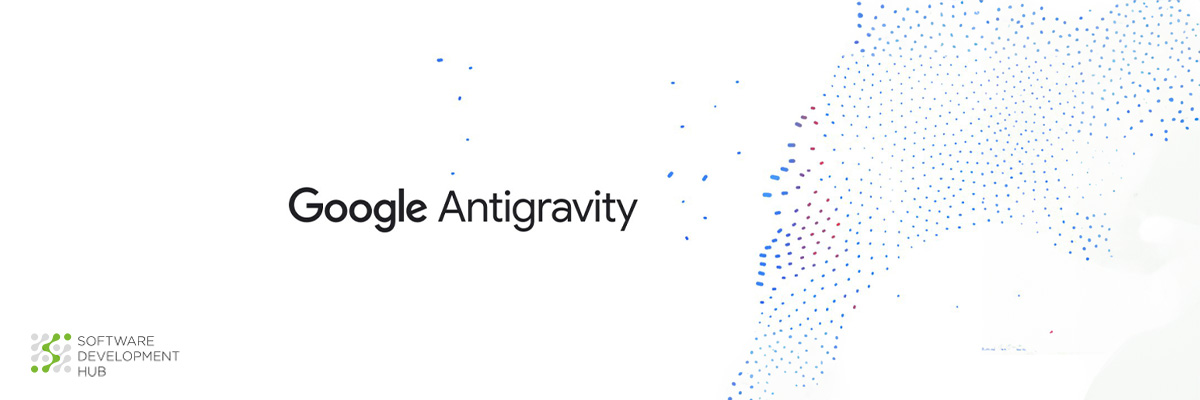How to Build Your First Blockchain MVP in 2025 [Developer's Guide]
The blockchain development market hit an impressive $92 billion in 2021. Market experts predict a steady 9% growth each year until 2030. This explosive growth opens new doors for developers and businesses to launch groundbreaking solutions.
Your first blockchain MVP needs a clear roadmap to succeed. Our complete guide shows you how to set up your development environment and deploy your solution. You will learn everything to launch your blockchain project successfully by 2025.
What is a blockchain MVP?
The blockchain MVP is the simplest version of blockchain solutions with features needed to solve specific problems. Developers can verify their ideas and get valuable feedback from users without spending too much money upfront.
Blockchain MVPs are great at saving resources. Organizations can test their ideas in real-life scenarios and still have room to make changes based on what users say. These MVPs also show solid proof of a solution's value, which helps reduce risks in future development investments.
Setting Up Your Development Environment
A resilient development environment is the foundation of successful blockchain application development. You need specific tools and a local setup to build your first blockchain MVP.
Required tools and frameworks
Building blockchain applications requires a complete set of tools. Node.js is the backbone for most blockchain development frameworks. Hardhat has become a leading development framework after Consensys partnered with Hardhat when Truffle and Ganache were discontinued.
Developers now use these core tools to write and test smart contracts:
- Hardhat: This framework provides powerful testing and debugging features like console.log integration
- Visual Studio Code: VS Code serves as a versatile IDE with extensive language support through specialized extensions for Solidity, JavaScript, and TypeScript
- Web3.js: You need this to connect and communicate with Ethereum-based blockchain tools and decentralized applications
User interface components
Your blockchain MVP's success depends on an interface that balances features and simplicity. These UI components deserve your attention first:
- Wallet Interface: Show balances, transaction history, and money transfer options
- Transaction Management: Give clear views of ongoing and finished transactions
- Asset Display: Let users see their digital assets in the application
- Security Features: Add visual signs for secure transactions and data protection
Design consistency creates an accessible experience. Your application's colors, typography, and icons should work together as one cohesive unit.
These design principles can boost user involvement:
- Simplified Interactions: Use clear language instead of technical terms
- Visual Guidance: Add tooltips and guides for complex tasks
- Responsive Design: Make sure it works well on all devices and screens
- Error Prevention: Add instant validation and clear error messages
Testing Your Blockchain MVP
Testing is the life-blood of blockchain applications that helps meet high standards of security, performance, and reliability. Developers can spot potential issues early in the development cycle when they assess each component systematically.
Unit testing approach
Unit testing proves the validity of blockchain applications by focusing on individual components. Developers can create detailed test suites to confirm smart contract behavior under various conditions using specific tools.
A strong unit testing strategy has:
- Test initialization with clean state simulation
- Keeper and handler separation to focus testing
- Mock framework implementation for external dependencies
- Automated test runs for continuous integration
We tested each module to confirm it works right on its own. The Cosmos SDK testing framework gives developers powerful tools that include simulated app environments and keeper test helpers.
Integration testing
Integration testing assesses how different parts of your blockchain MVP work together. This step is vital because it confirms interfaces between components and makes sure the whole system works.
Integration testing needs:
- Environment setup and local testing procedures
- Interface validation between components
- Response status verification
- Performance consistency checks
Developers need to confirm that blockchain transactions and self-executing contracts work well together during integration. This helps find potential bottlenecks and ensures smooth communication between system parts.
Performance testing
Performance testing plays a vital role to ensure blockchain applications are reliable and scalable. This phase looks at speed, stability, and knowing how to scale under different workloads.
These key metrics matter for a full performance assessment:
- Transaction throughput measurement
- Network latency assessment
- Block time and size monitoring
- Node-level performance tracking
Blockchain-specific performance testing tools help assess system behavior under stress. Developers can use these tools to:
- Calculate network latency and processing times
- Generate different load scenarios
- Find potential bottlenecks
- Make the system more efficient
Performance testing needs KPI monitoring at different levels. Developers track throughput and failure rates at the transaction level. Network-level monitoring looks at transactions per second and disk I/O. Node-level analysis checks block time and transaction latency.
Several things can affect blockchain performance:
- How many transactions each node can handle
- Local storage capabilities
- Transaction size and complexity
- Smart contract sophistication
- Number of network participants
- Hardware setup
- Network latency
Developers should follow 5-year-old best practices to get the best performance. This means paying attention to block size, chain size, and data transmission capabilities. Data integrity becomes crucial to avoid information loss during blockchain operations.
Load testing under different conditions helps spot issues before deployment. Developers can see how well the blockchain handles traffic spikes by simulating high transaction volumes. This becomes especially important for financial transaction applications where performance standards are nowhere near flexible.
Security testing runs alongside other testing types. Developers can find vulnerabilities through penetration testing and security audits to put safeguards in place. This detailed approach ensures the blockchain MVP performs well and stays secure.
Creating a blockchain MVP needs careful planning, proper testing and smart deployment choices. Developers can build secure and easy-to-use blockchain applications with the right development setup, smart contract implementation and frontend design.
Your success relies on picking the right tools and following security best practices. Complete testing across different environments matters too. Testnet deployment is a vital step that lets developers spot and fix issues before going to mainnet. Your chances of building a successful blockchain application improve substantially when you focus on security, user experience and thorough testing.
Categories
Share
Need a project estimate?
Drop us a line, and we provide you with a qualified consultation.

![How to Build Your First Blockchain MVP in 2025 [Developer's Guide]](/media/cache/3a/c6/3ac6179cc8ece615e9feed0f3c457065.webp)






